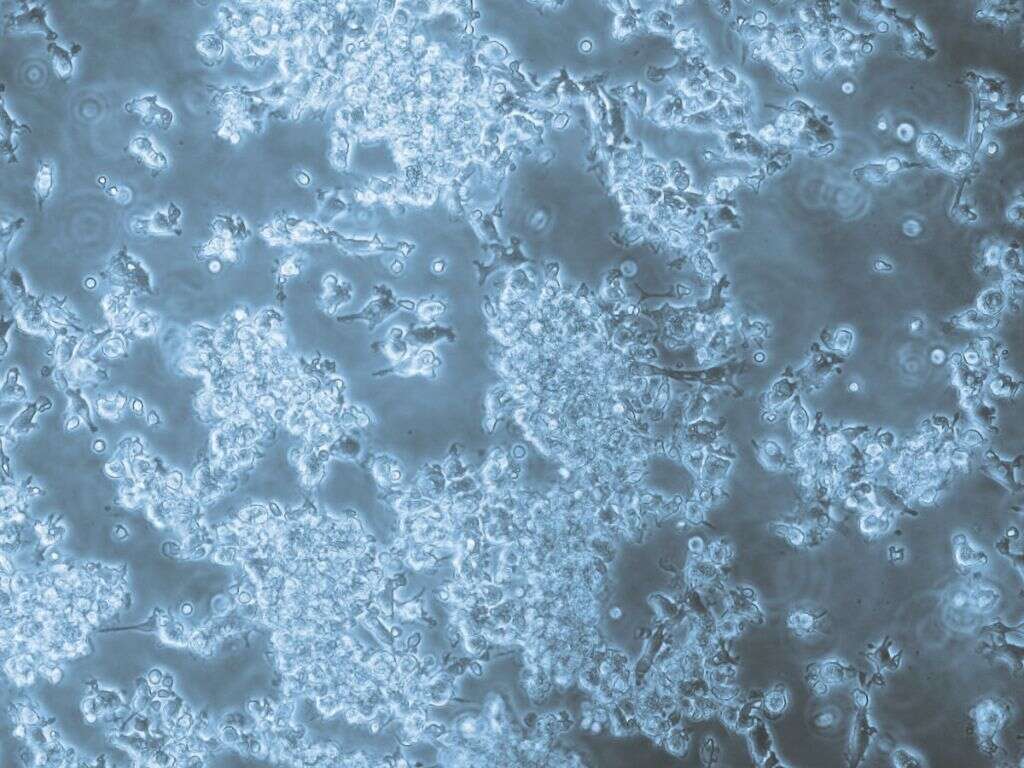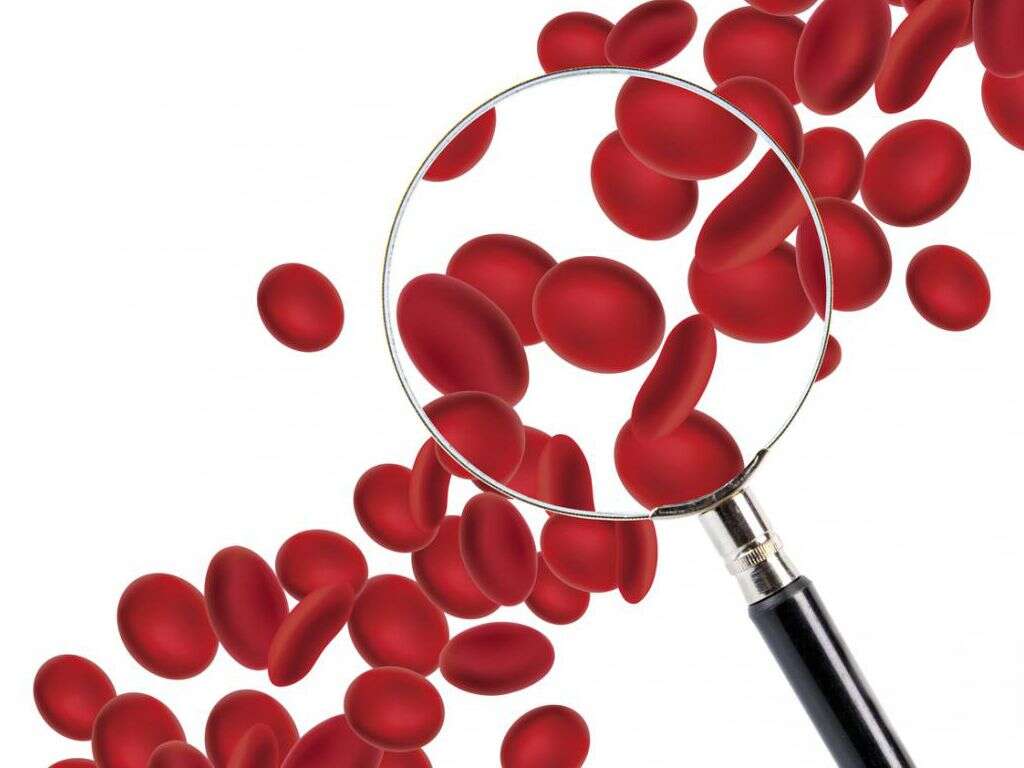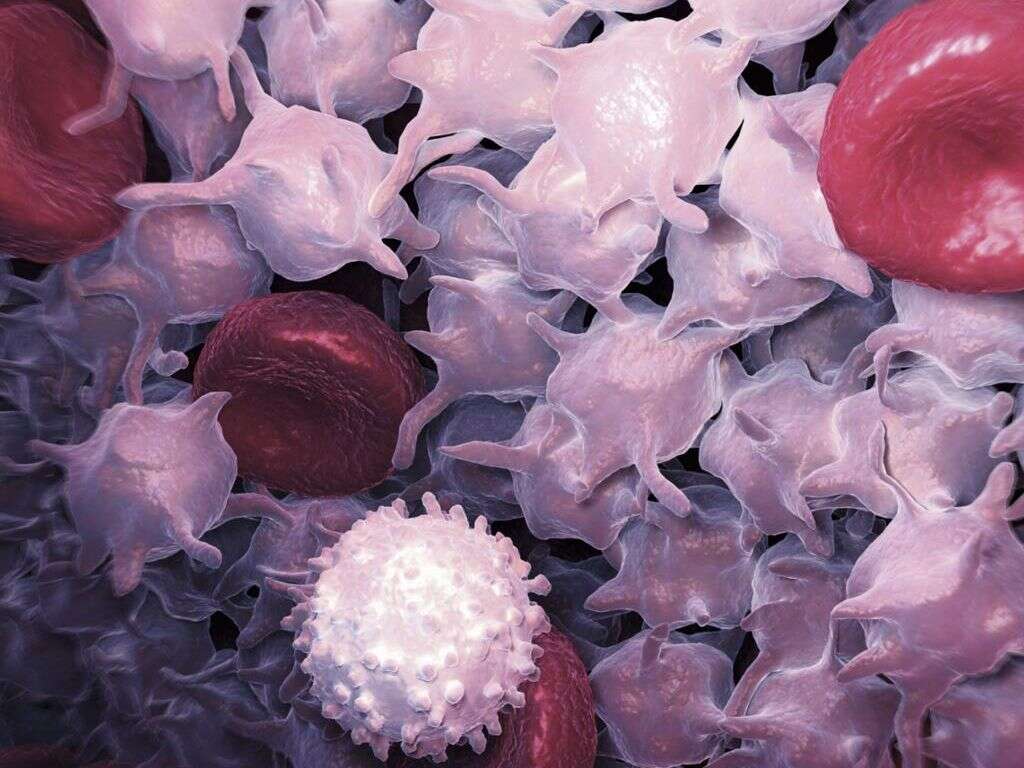What is Necrosis?
Different medical conditions cause different symptoms. Some of these will make us feel a little under the weather, perhaps with some irritation and maybe some pain. Others, however, can be downright agonizing, while some can be terrifying. Necrosis falls into the latter category, and some cases are the stuff of nightmares.
There are different types of necrosis, some of which will be barely noticeable. Others, however, can cause parts of the body to decay, potentially lead to having to have parts of the body removed. Necrosis is usually treatable but, depending on the condition, it can be fatal so it should be taken very seriously indeed.
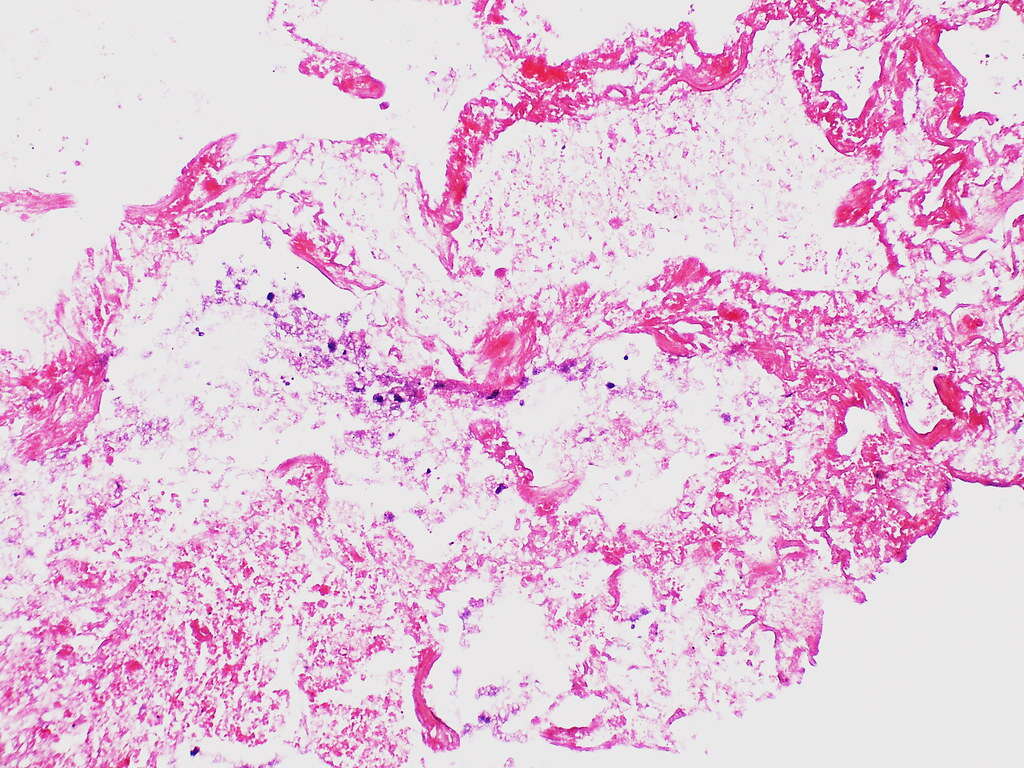
1. Necrosis
All of the cells in our body are alive. As with everything else that is alive – our cells can also die. It is quite normal for our cells to die off as they only have a limited life span. When they do, they are usually replaced with fresh, young cells and everything carries on just as normal. This is not always the case, however.
When the cells in our body face an unnatural death. they are not always replaced by fresh cells. Instead, they can remain where they are, dead or dying, and the affected part of the body effectively begins to rot away. This is a rather unpleasant condition that is known as necrosis.
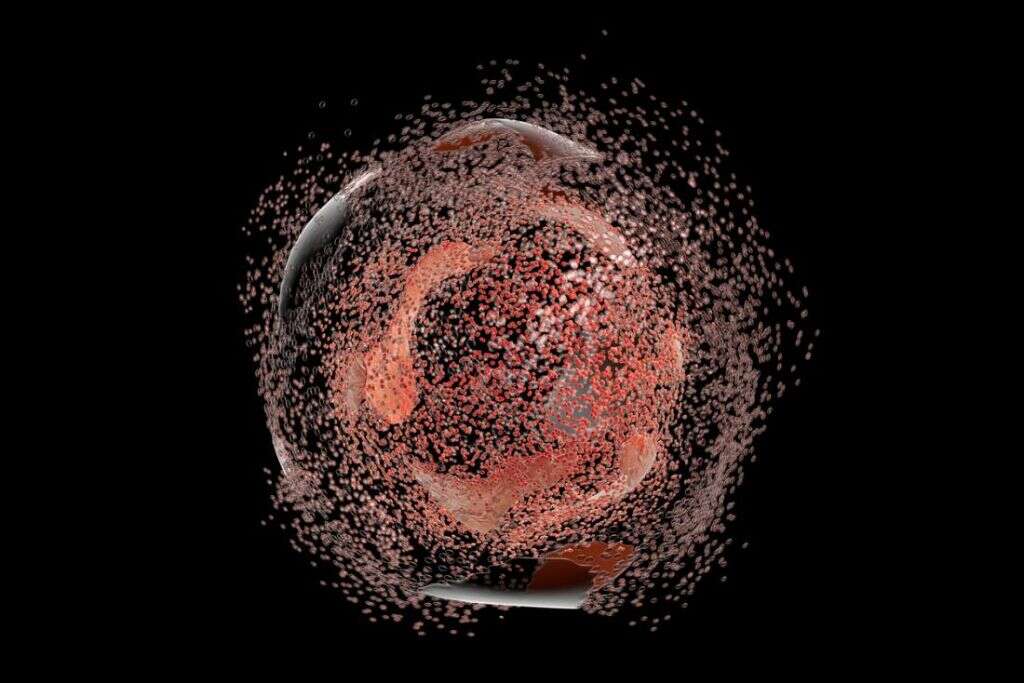
2. Causes
As mentioned, necrosis occurs when our body’s cells experience an unnatural death, and there are various potential causes behind this death. Among the most common of all causes is frostbite, which basically means that extreme cold has severely damaged the tissues. This usually affects the patient’s digits first but it can spread to other parts of the body.
Another relatively common cause is deep being thrombosis which can prevent blood from reaching certain parts of our body. This can starve cells of oxygen, causing them to die. Trauma to certain parts of the body can also cause necrosis, while cancer treatments can also cause the condition.
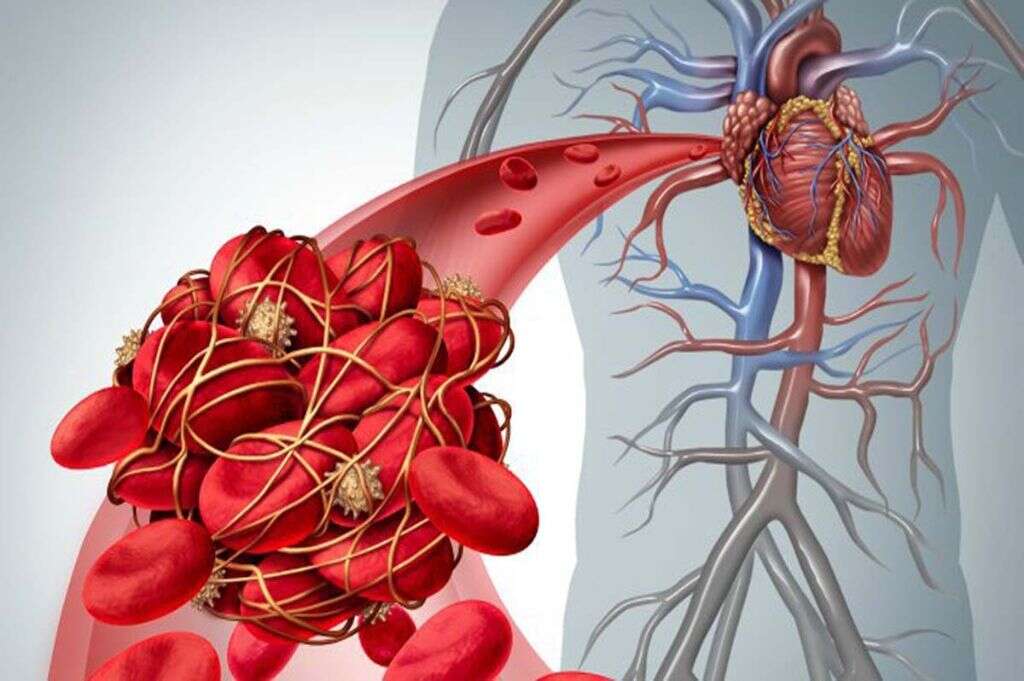
3. Caseous Necrosis
Caseous necrosis will lead to what is known as a granuloma. They are a result of a defense mechanism that tries to protect the body by isolating a threat such as a fungal or bacterial infection. One common cause of this is tuberculosis, which is a bacterial infection of the lungs. Some fungal infections can also cause the condition.
In cases of caseous necrosis, the tissue will typically take on the appearance of cottage cheese. There will be an area of dead tissue in the center, surrounded by a barrier that has a high concentration of lymphocytes and macrophages to help keep the rest of the body protected.
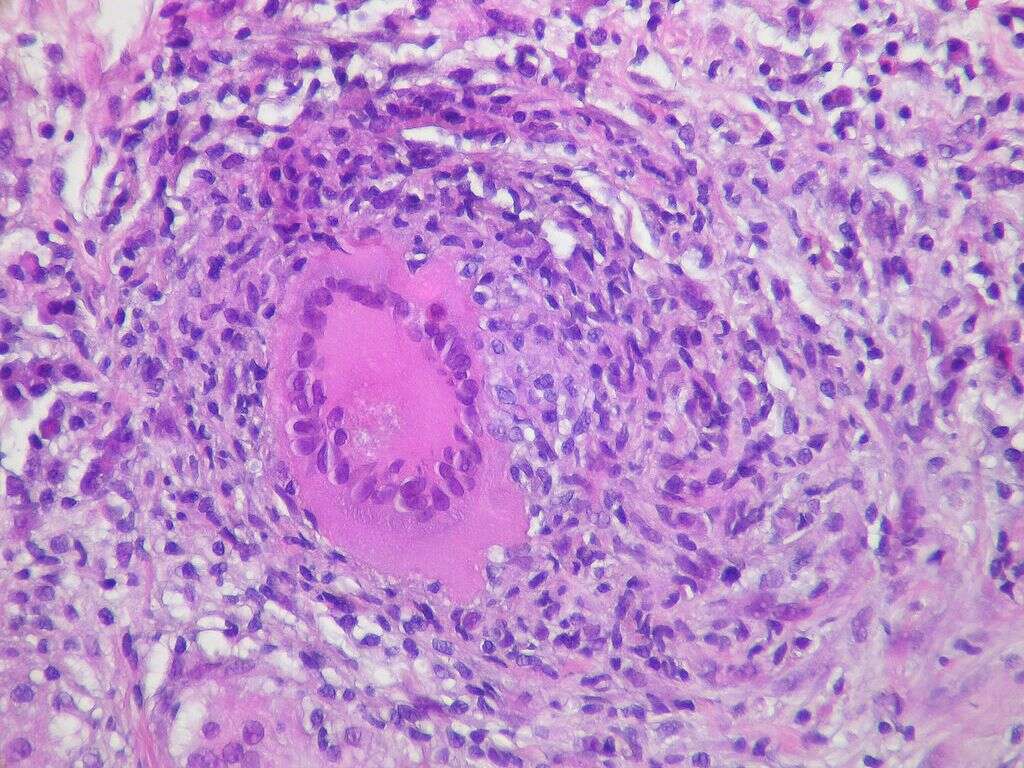
4. Coagulative Necrosis
This type of necrosis is usually caused when a part of the body is starved of oxygen. This is usually down to the blood flow being blocked, while it can also be caused by chemicals and bacteria. It is the most common form of necrosis, but it does not occur in the brain, although other organs are often affected
This type of necrosis tends to advance more slowly than other types, which is largely because it is dependent on the processes of the surrounding cells. While the affected cells will die, the architecture of the tissues remains, leaving behind white areas of dead tissue.

5. Fat Necrosis
As the name suggests, fat necrosis is a variety of necrosis that affects the body’s fat cells. More specifically, the cells affected are adipocytes, which are specialized cells that allow the body to store energy in the form of fat. It occurs when damage has occurred to an area of fatty tissue, and it is not uncommon in cases of breast cancer.
It is also associated with pancreatitis. Fat necrosis results in enzymes breaking down the cells and this causes fatty acids to be released, and these then appear on the skin as white blotches. Fat necrosis is thankfully usually not dangerous to the patient.
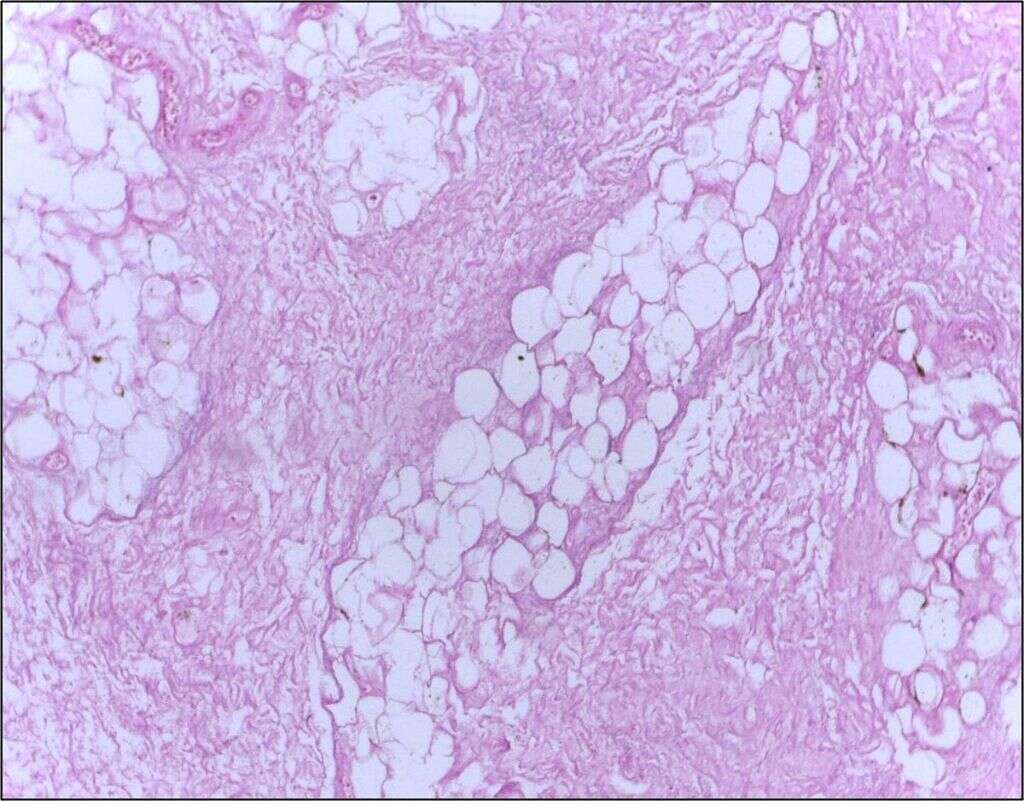
6. Fibrinoid Necrosis
Fibrinoid necrosis is a condition that usually occurs in our blood vessels. It means that the cells of the blood vessels have died, and this occurs because of the deposition of fibrin. Fibrin is a type of protein that forms fibrinogen, a type of mesh that helps to form blood clots to prevent the loss of blood.
Cases of fibrinoid necrosis tend to be found in people that have high blood pressure, and it can occur in blood vessels throughout the body. It typically causes bleeding and bruises but the cause can be very difficult to spot. It cannot be cured, and treatment tends to involve medication to reduce the patient’s blood pressure.
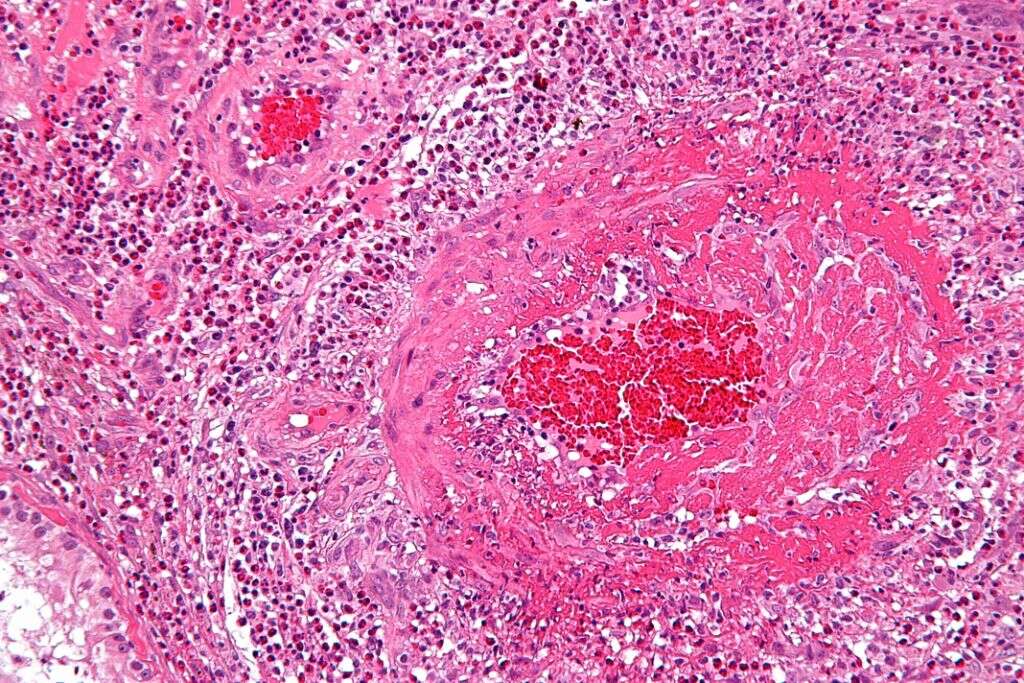
7. Gangrene Necrosis
Gangrene necrosis, or gangrene for short, is one of the more unpleasant types of necrosis to affect people. It can be broken down into three main types: dry gangrene, wet gangrene, and gas gangrene. It is typically caused by a lack of blood flow to the area, while it can also occur as a result of serious infections.
It usually occurs in the extremities but it can affect the rest of the body as well. Gangrene can spread rapidly and can also infect the patient’s blood stream. Thus, it is a potentially very serious condition and should be treated as soon as the condition is identified.
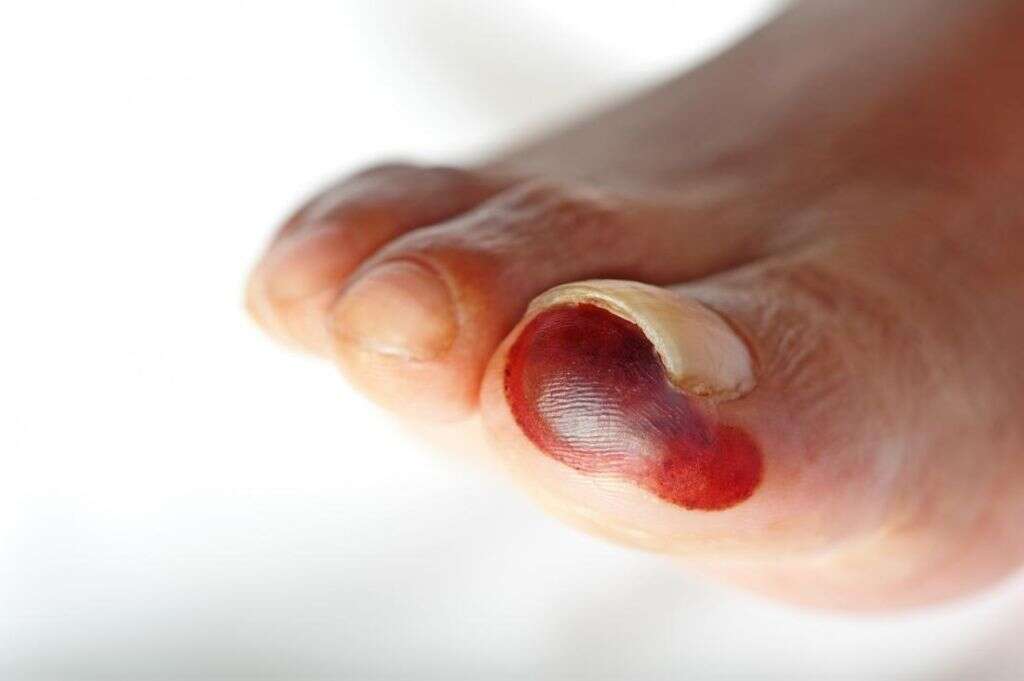
8. Liquefactive Necrosis
When necessary, our cells will digest themselves, and they can do this thanks to certain enzymes. Liquefactive necrosis is a condition where these enzymes have been activated and our cells begin the process of digesting themselves when they should not.
The condition is often caused during a bacterial or fungal infection, while it is also sometimes caused by chemical burns. It is caused by hypoxia or anoxia when it occurs in the brain. The tissues can be dissolved partially while sometimes whole areas of tissue will dissolve fully. When they are fully dissolved, a viscous fluid is left behind where the tissues used to be.
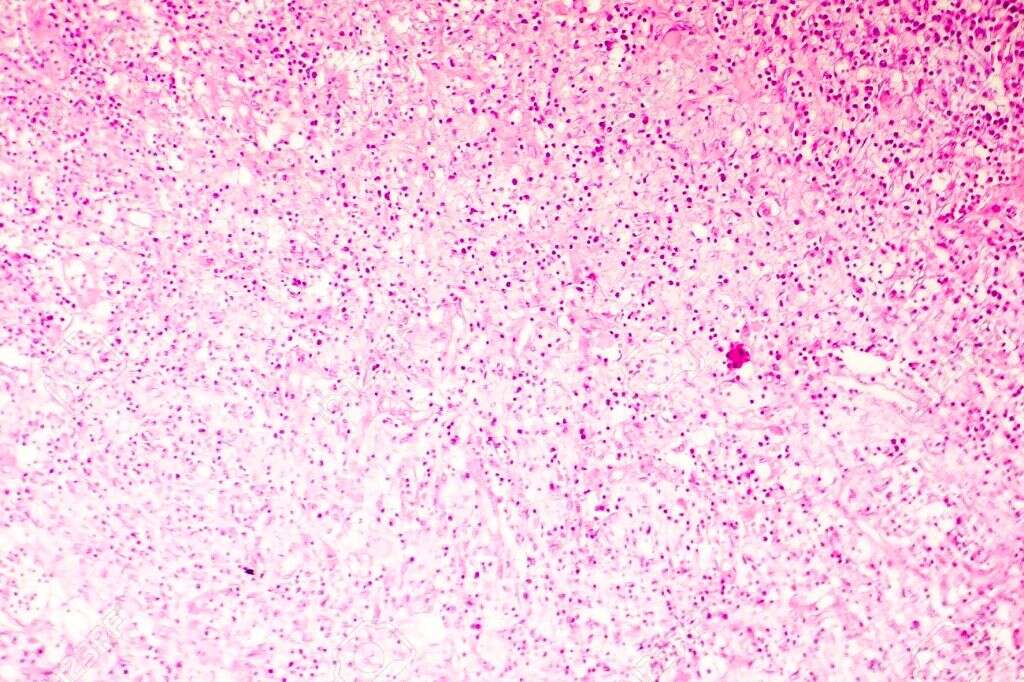
9. Symptoms
The symptoms that are associated with necrosis will depend largely on the specific type of necrosis in question. Some varieties will cause symptoms that are barely noticeable, while others will have symptoms that are more severe. One of the most noticeable symptoms, depending on the type of necrosis, is that the affected area will turn black.
The architecture of the affected area can also begin to dissolve, with parts of the body literally decomposing and falling away. Some types of necrosis will also cause severe blisters and generate a foul odor. Pain is also common, while even in mild cases the patient will often notice that the texture and appearance of an area have changed.

10. Treatment
Treatment of necrosis also depends largely on what type of necrosis the patient has. In many cases, it is necessary to remove the dead tissue in order to help prevent the necrosis from spreading. In some instances, this can mean amputations of limbs and/or the removal of other bodily tissues.
In addition to dealing with the dead tissue, it is also necessary to get to the root of the problem, otherwise the problem may continue regardless of how much tissue has been removed. No matter what type of necrosis the patient is thought to have, it is important to get a diagnosis as soon as possible so any necessary treatment can be provided.










